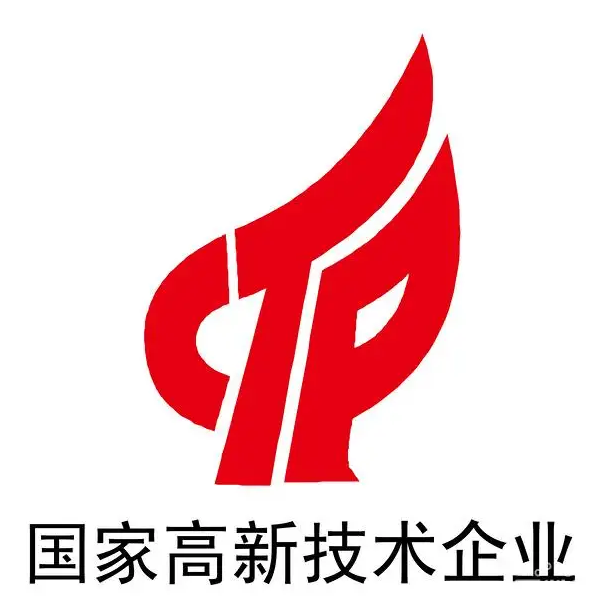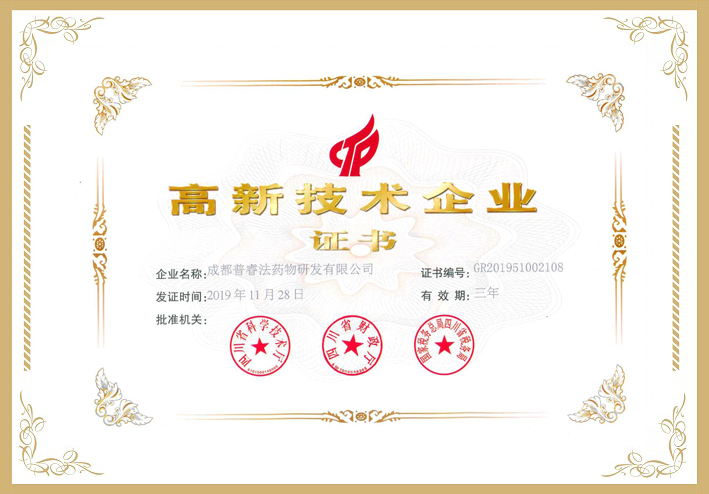Abstract
Covalent and non–covalent interactions between polyphenols and polysaccharidesproduced vital consequences on the sensory and nutritive qualities of the many foods. In the present study, the structure dependence of the non–covalent interactions between phenolic acids (PAs) and an arabinan–rich pectic polysaccharide from rapeseed meal (ARPP) was explored. Native RAPP and its hydrolysates as well as twenty–seven structurally diversified PAs were applied. The interaction was determined as the micrograms of PAs adsorbed by per milligram of polysaccharides (Qe, μg/mg). On one hand, the molecular weight (Mw) of ARPP displayed a significant effect on the Qe of ferulic acid and a highest value (412.28?μg/mg) was obtained for the ARPP hydrolysate having a Mw of 76?kDa. On the other hand, the substituent profile of PAs greatly affected their Qe values onto ARPP, although the results are monomer and substituent specific. Specifically, in terms of Qe, hydroxylation favored the interaction by 35.78% to 271.22%, while methylation and esterification weakened the absorption by 44.78% to 230.71% and 16.48% to 78.68%, respectively. The case of esterification is more complicated that the attachment of OCH3 at 3–position (?26.14% to ?77.04%) is adverse but that at 5–position is highly favorable (156.96% to 190.70%) for the interactions.
… Ltd. (Chongqing, China). Dextran standards (5 kDa, 50 kDa, 150 kDa, 670
kDa, and 1100 kDa) for gel permeation chromatography were purchased
from Sigma-Aldrich (St. Louis, MO, USA). FA (>98%) was got from Chengdu Biopurify























